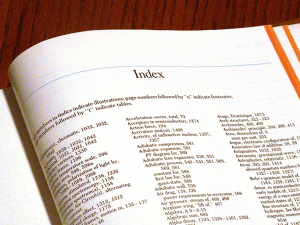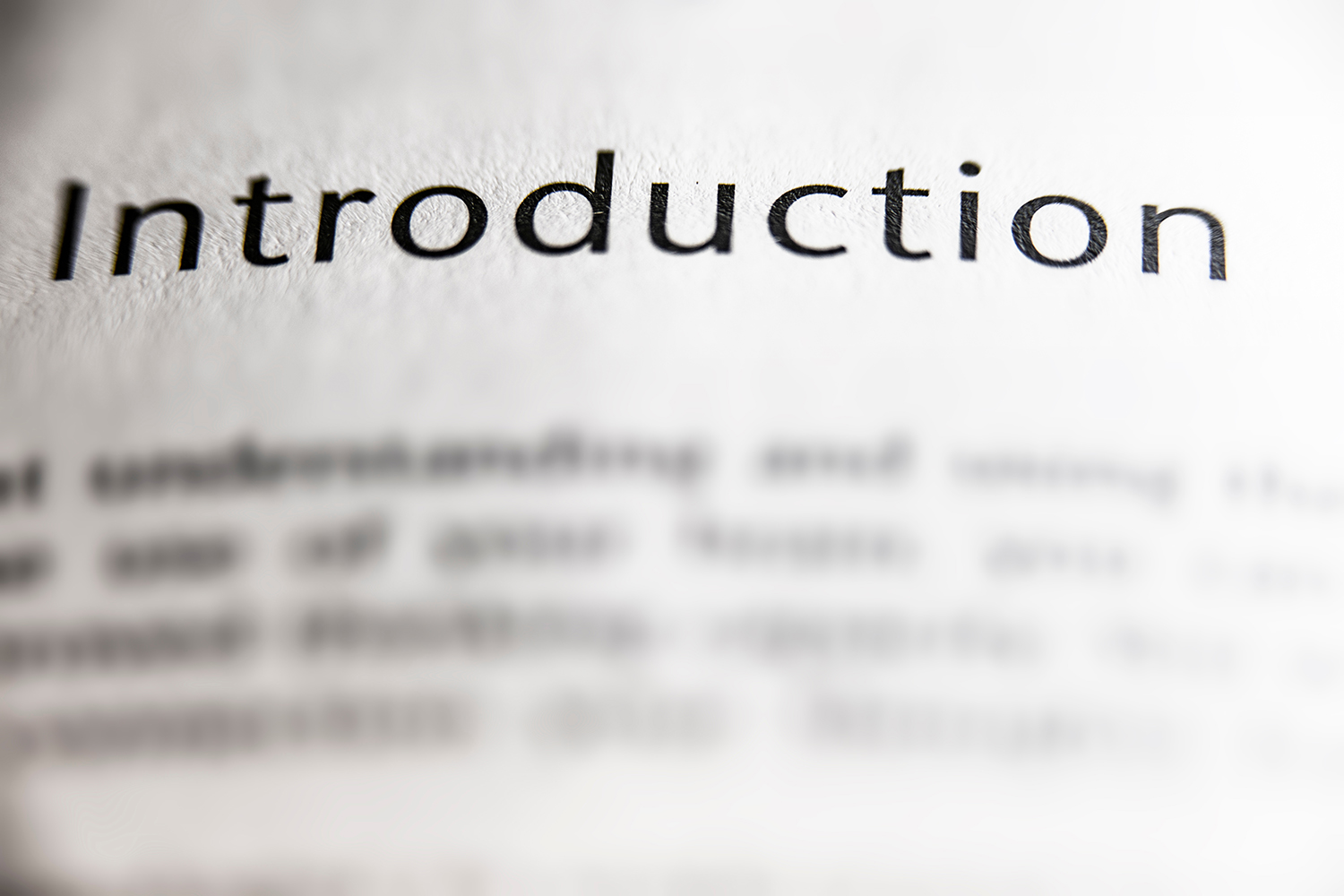YOUR PROBLEM CAN BE
a question that you answer in the paper,
a hypothesis, statement or opinion that you verify or contradict,
a complicated topic that you explain,
a new phenomenon or idea that you discuss or,
a prediction that you try to prove.
What’s the difference between writing a research paper and a thesis paper? How do I begin my research? How much time should I spend on each stages? Through this blog, we will be answering these questions and providing you with tips that could help you throughout your writing process.
All beginnings are difficult. Right now, you might be discouraged or intimidated by the work before you, or you might be highly motivated, you want to finally write something of your own. Whatever feeling you have right now, trust me, it will fluctuate throughout your writing process. You will have phases in which you will want to stop writing, you will feel relief when you overcome some difficulties, but then suddenly your heart drops when you realize you made a mistake and have to rewrite half of your thesis.
All of this is part of the job and it will prepare you for your career. If those things happen, know that those struggles are normal and that everyone who has written a paper has had them, too. Don’t be too harsh on yourself, everybody makes mistakes. Instead, be proud of your accomplishments, as most people don’t even come as far as to write a scientific paper. You are helping the research community and enriching our library. With this introduction, let us start into how to write a scientific paper.
You probably have a really broad idea of what your topic might be. We can work with that. Whatever it might be, make sure that it’s something that you can define the problem for.
a question that you answer in the paper,
a hypothesis, statement or opinion that you verify or contradict,
a complicated topic that you explain,
a new phenomenon or idea that you discuss or,
a prediction that you try to prove.
Think carefully about which structure suits your paper the best. Once you’re done, we will be coming up with a plan on how to tackle this paper with the amount of time given – scroll on!
After defining your problem, the next step is to have a plan. The further you go into your studies, the more important this part will be.
Depending on the approach you take, you will need to think about what kind of sources you will need for your research and how you will find them. For instance, in natural sciences, researchers often include data from their own study, which includes case studies and experiments; whereas history researchers will try to include a primary source in their paper, like a video tape or an audio.
If an experiment or a case study is your research focus, it will take much more time, considering all the time consumed by just conducting and collecting data from the experiment itself. Again, be prepared that the researching phase could take up A LOT your time.
After the preliminary research phase (which takes about 5% of your time), you will have an idea about your topic and what the scope of your topic would cover. Then, you’d want to structure your findings, which should take about 30% of your time because other than choosing an outline that follows a logical order, you also have to find more evidence that supports your thesis/hypothesis. The researching phase can be done throughout the whole process, just remember not to get carried away.
The writing part, although you already know what you are talking about and what goes where, it still takes some time to figure out the most effective way to make your point. The thought process that goes into “How do I make my sentences contentious but concise at the same time? Have I include all the things I had to say? Should I elaborate this bit?” can take a lot of time, perhaps 40% would be the recommendation from us. Remember to save about 10% of your time for double checking everything, as well as having others proof-read your paper and collect constructive criticism. You should ask a variety of audience to read through it to avoid biases. People who are not experts in your field might point out to you things that are not obvious to your course peers.
The last 15% of your time will be dedicated to formatting, citing, more editing until your paper is perfect or it can be used simply as a break in between your research.
Set yourself milestones and deadlines can be helpful. By completing small tasks, you will build yourself momentum all the way to the end. Check the Big6 in the slider below to learn more about the steps that could be involved in writing a scientific paper.
Have yourself a plan? Let’s begin researching!
Preliminary research is an important step that would hep you identify the focus of your research. It provides you with a general understanding of a topic, such as the concepts, or the common opinions on those concepts. Preliminary research is sometimes known as background research.
You don’t want to spend too much time reading during this phase so we have gathered some tips for you on how to quickly and effectively conduct a preliminary research:

Find the parts that are relevant and helpful using keywords that match with your topic. If digital, use Ctrl + F

This is usually where authors include or introduce their main ideas

You may use Wikipedia and other encyclopedia as reference, but not official sources. Instead look at the reference at the end of the page. You may also use Google Advanced Search.
After you have an idea about how your scope should look like, start creating a list of questions you’ll answer throughout your deep research process that happens later.
Now that you kind of have an idea of what you want to write about and how much you want to write about that topic, you’re ready for the next step: forming a hypothesis/thesis. While a thesis statement summarizes the claim of your research paper, a hypothesis in a scientific paper is an educated guess of what a result of an experiment might be. In this section, we will guide you on how to form a hypothesis for your scientific paper and a thesis statement for your research paper.
In order to write a hypothesis,
Step 1: Begin with a question about the topic. For instance, a research on the correlation between age and the duration of sleep may get questions like “Does being older mean you’re getting less sleep?”
Step 2: Conduct a preliminary research and define variables (dependent or independent). In case of the research on correlation between age and sleep duration, the independent variable could be the age and the dependent variable could be the hours of sleep the individual has on average.
Step 3: Next, phrase the hypothesis using the if-then statement (like “If sleeping is required for brain development and physical growth, then as a person ages, they need less sleep for their brain and physical growth have already been fully developed”).
Remember, the hypothesis can be rejected or supported.
As for the thesis, also start with a question. However, forming a thesis statement differs from forming a hypothesis because an answer is required for the thesis statement. Only after an initial answer has been developed and synthesized that a thesis statement could be refined. A step-by-step guide on forming a thesis statement can be exemplified as:
Step 1: Ask a question. For example, “Is being dependent on the internet a bad influence on child development? Why?”
Step 2: Find an initial answer. In the same example, it would be “Dependence on the internet could negatively impact child development…”
Step 3: Develop the initial answer through research, “…because it limits conversation and time spent with their parents, and it also increases the children’s likelihood to face cyberthreats and inappropriate content.”
Step 4: Refine your finding into a thesis statement, “Dependence on the internet could negatively impact child development because it limits conversation and time spent with their parents, and it also increases the children’s likelihood to face cyberthreats and inappropriate content.”
As mentioned before, the research should take about 50% of your time. If you are not conducting an experiment or a case study, you should stop your research at a certain point and start organizing the information you have already gathered. You can group and organize information so that they follow logical divisions of ideas, or they’re in order of importance, or a chronological order. Since there will always be more information out there that you have not included or considered, the deadlines you set out for each of your tasks can be of great help. A helpful tool for deciding on the scope is a literature review that will show you the already existing research on your topic and the gaps in it.
These literature reviews can be found in academic resource databases. Some recommendations are JSTOR, EBSCO host, Gale Research Database, ProQuest, Science Direc, etc. The list of databases that you have access to can be found on the VGU library website here: https://library.vgu.edu.vn/databases-ejournals/
Before or during your research, you should always be aware of the scope of your paper. There are a number of aspects to which your topic can be extended to, but not all of them are relevant, so be careful in what you want to include. Check section “Big 6” for more information, tips and tricks on how to begin your research.
During your research, you should organize the citation of sources you’ve used in your paper. Always write down the author, year and place of publication and publisher or store them in a citation tool like EndNote or Zotero so that you don’t leave out or confuse them with one another in case you have works from the same author. It’s important to include ALL of your sources to avoid plagiarism.
More tips on how to find and synthesize your research can be found through the library’s online courses: https://ilit.vgu.edu.vn/course/ You may log in using your VGU student account. Should you need any assistance, feel free to reach out to us on the second floor of the library.
First thing that you want to include is your thesis/hypothesis. Then, have a list of main points you would like to discuss in your paper. Each of your points could also have sub-points or evidence that supports your points. Make sure they follow a logical order and are connected to your thesis/hypothesis. Next, synthesize a draft for your conclusion that summarizes all the points discussed in your paper. Lastly, write transitional paragraphs between these points. For instance,
Thesis statement
Transition
Supporting point 1
Evidence for supporting point 1
Restate point 1
Transition
Supporting point 2
Evidence for supporting point 2
Restate point 2
Transition
Supporting point 3
Evidence for supporting point 3
Restate point 3
Transition
Conclusion
As you have already structured your information and created an outline, you can now start writing the paper. Every scientific piece of writing needs an introduction, a main body and a conclusion. This is just the general structure for your thesis/research paper, you would still need to follow the guidelines for the specific writing style as required by the professor of your course.
Although, when you read the thesis, the introduction will be always first, most people only write it after they have written the main part. The reason for this is that you want to stay flexible in your main part and if you decide to change something spontaneously, you will have to change parts of the introduction as well. Save yourself some tedious work, write the main body first.
Regardless of at what point you decide to write your introduction, it should make up about 10-15% of the paper and contain the description of the research goal of this paper, a short introduction into the topic you are writing about and the description of how you structured your paper. You can also address why you think this work is important and your professional reasons for doing it.
answering a scientific question,
verifying or contradicting a hypothesis, opinion or statement,
explaining a complicated topic,
discussing a new phenomenon or idea or,
testing a self-made hypothesis by conducting experiments.
When describing how you structured your paper, you can give an overview over the subtopics you cover. Try to make clear what the goal of every subtopic is and why it is important for your research goal.
The main body is the most important part of your writing and takes up about 70-80% of your paper. In this part you try to accomplish your research goal. Answer the questions you ask in the introduction.
You have to define the scope of your research and define your scientific vocabulary. Give the necessary amount of background knowledge that your reader needs. You can refer to previous work by presenting theories, concepts etc. Always remember to cite correctly and consistently throughout your work. Your argumentation to prove any point should be clear and structured.
If you conduct experiments always describe your methodology and the advantages and disadvantages you faced during your research.
Also make sure your research is valid and reliable on the scientific standard that is required from you.
Always split your text into paragraphs, subchapters and chapters.
a chronological way,
a hierarchy,
dividing them in subtopics or
describing different perspectives.
Define what kind of research you are conducting,
how you collected your data,
which dimensions your data incorporates and
how you analysed your data.
The conclusion makes up about 10-15% of the paper and you should write it only after you have written everything before.
You should summarise the most important findings of your main part, reflect on if you reached your research goal and explain neutrally if you have not and why you have not. You can describe alternatives: what you could have done to reach the goal and what can still be done to reach it. Remember that in science it is not your personal failure if you have not accomplished the goal you set yourself and being scientific and neutral is key in this kind of work. Never argue on a personal level, instead present the facts neutrally e.g., “the research did not get funded enough”. Sometimes you disprove your own hypothesis, but this is still a scientific discovery, not a failure.
Remember to not include any new information in the conclusion, not to interpret and not to give any examples.
After your conclusion you should list all your sources in a consistent manner and append the data you collected yourself. Sources from literature should always include the complete title of the book/article, the authors name and the place and the date of publication.
Depending on your subject and kind of paper you are writing, you will be required to include a declaration on oath that you marked all intellectual goods that do not belong to you by citing and that everything else comes from yourself. This part must be signed with a place and date of signature.
Click https://ilit.vgu.edu.vn/course/view.php?id=6 to check out our course.